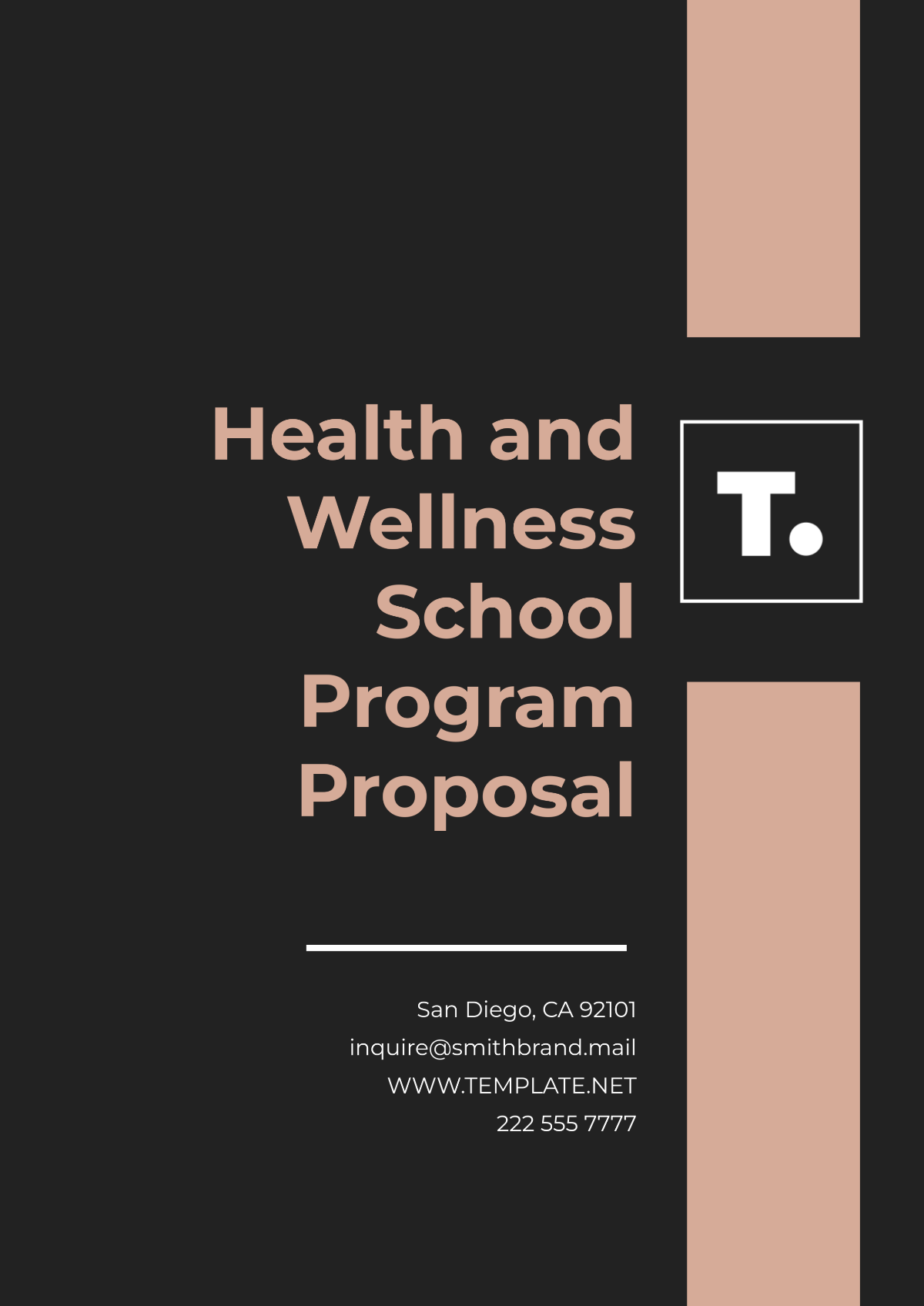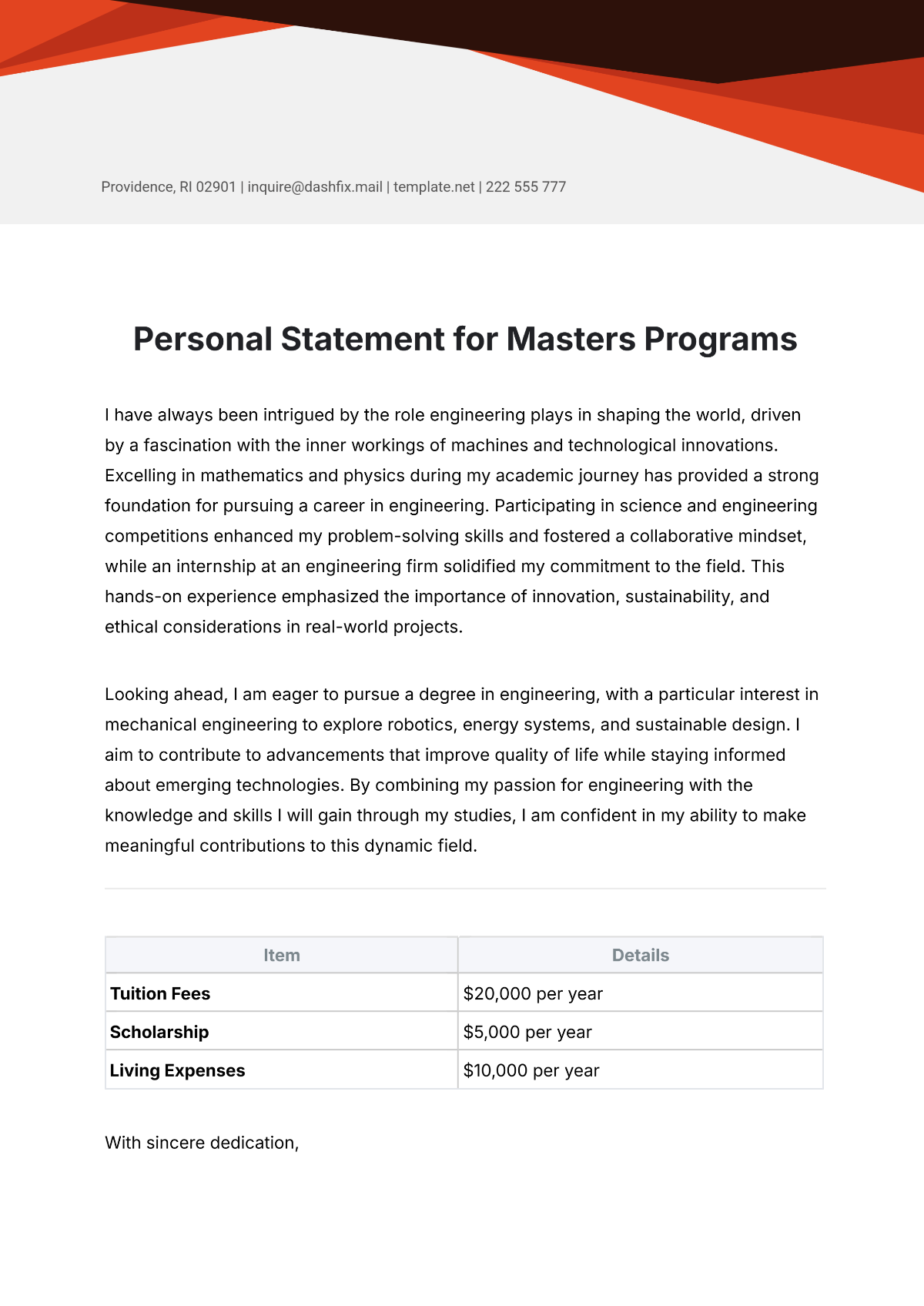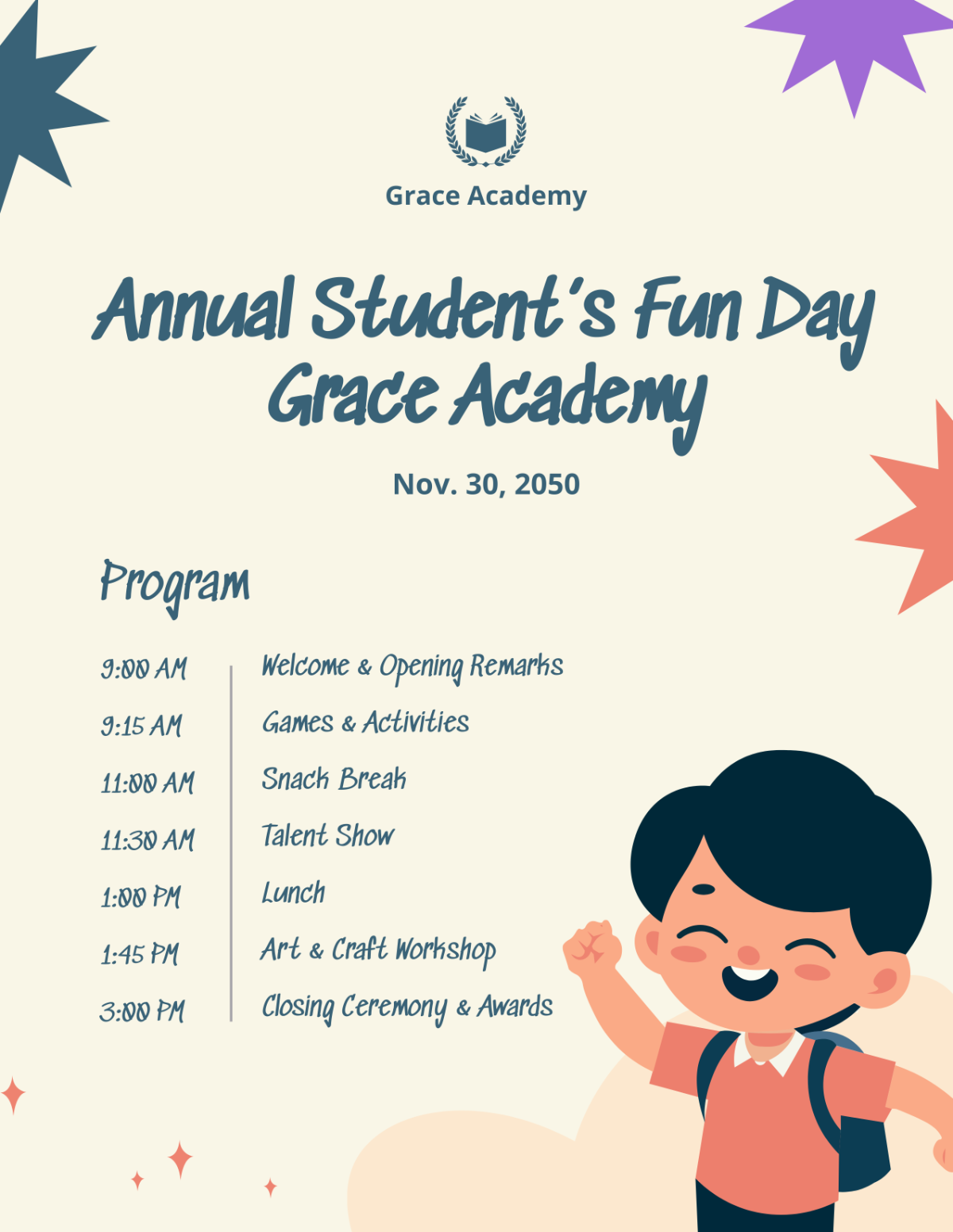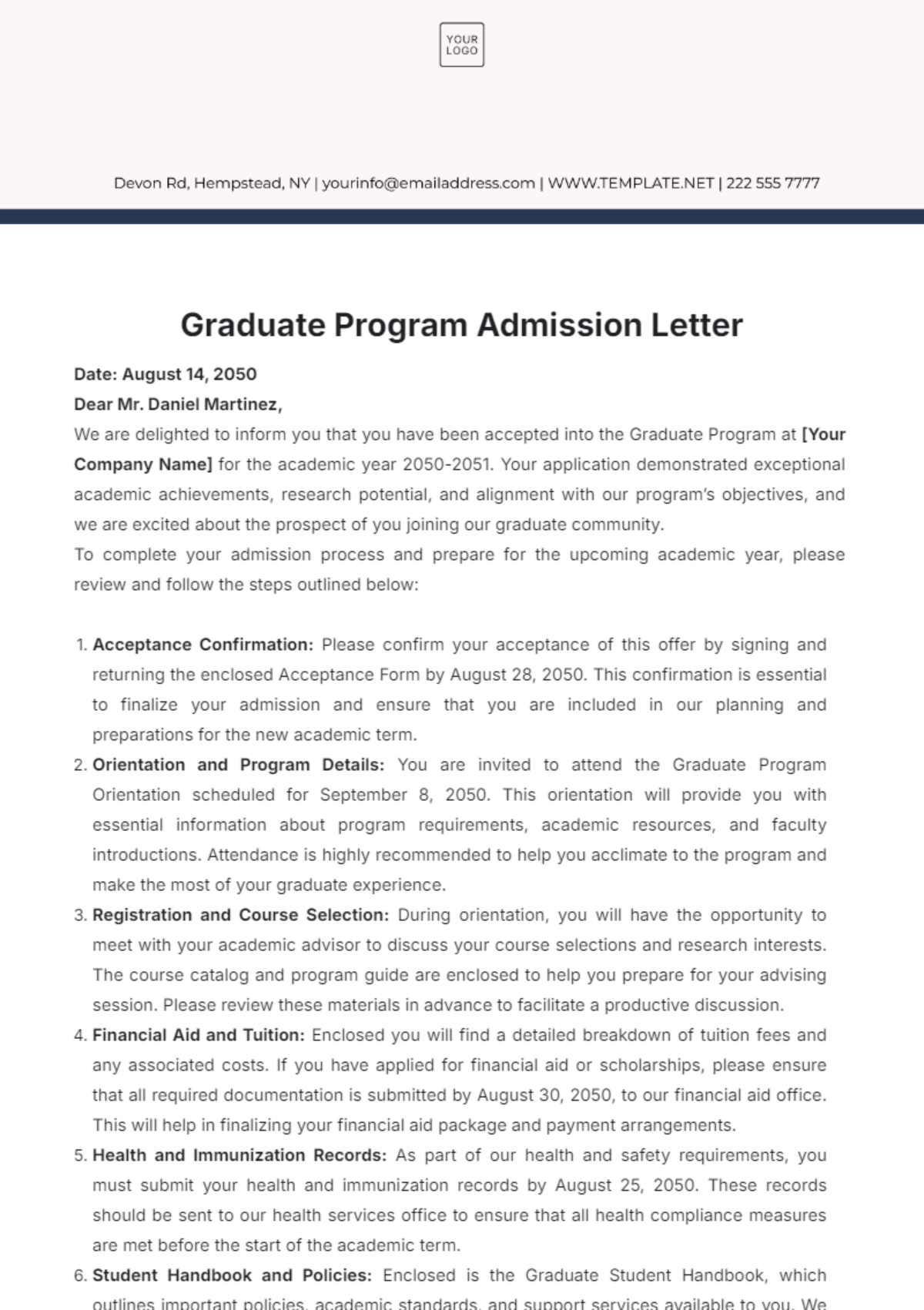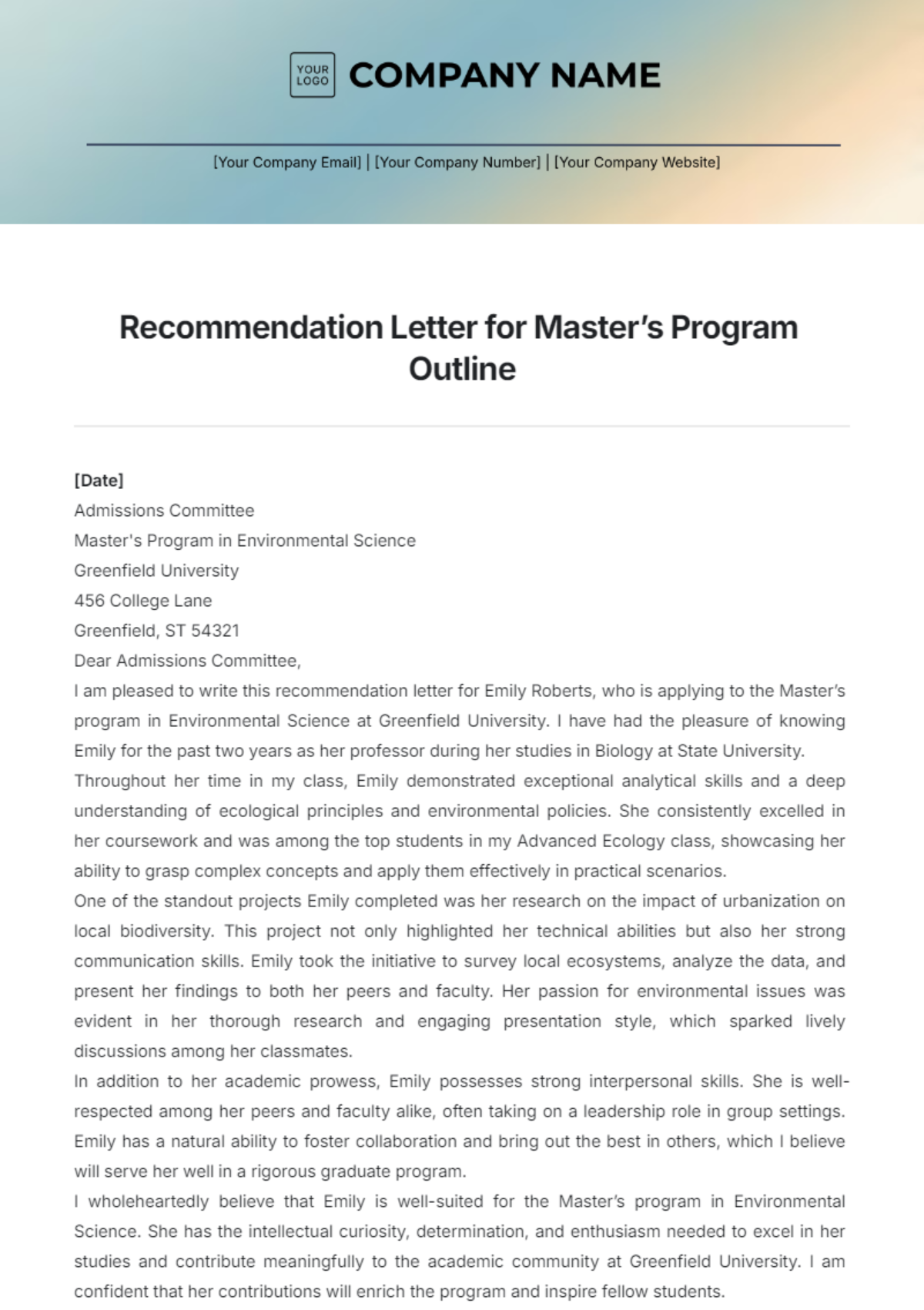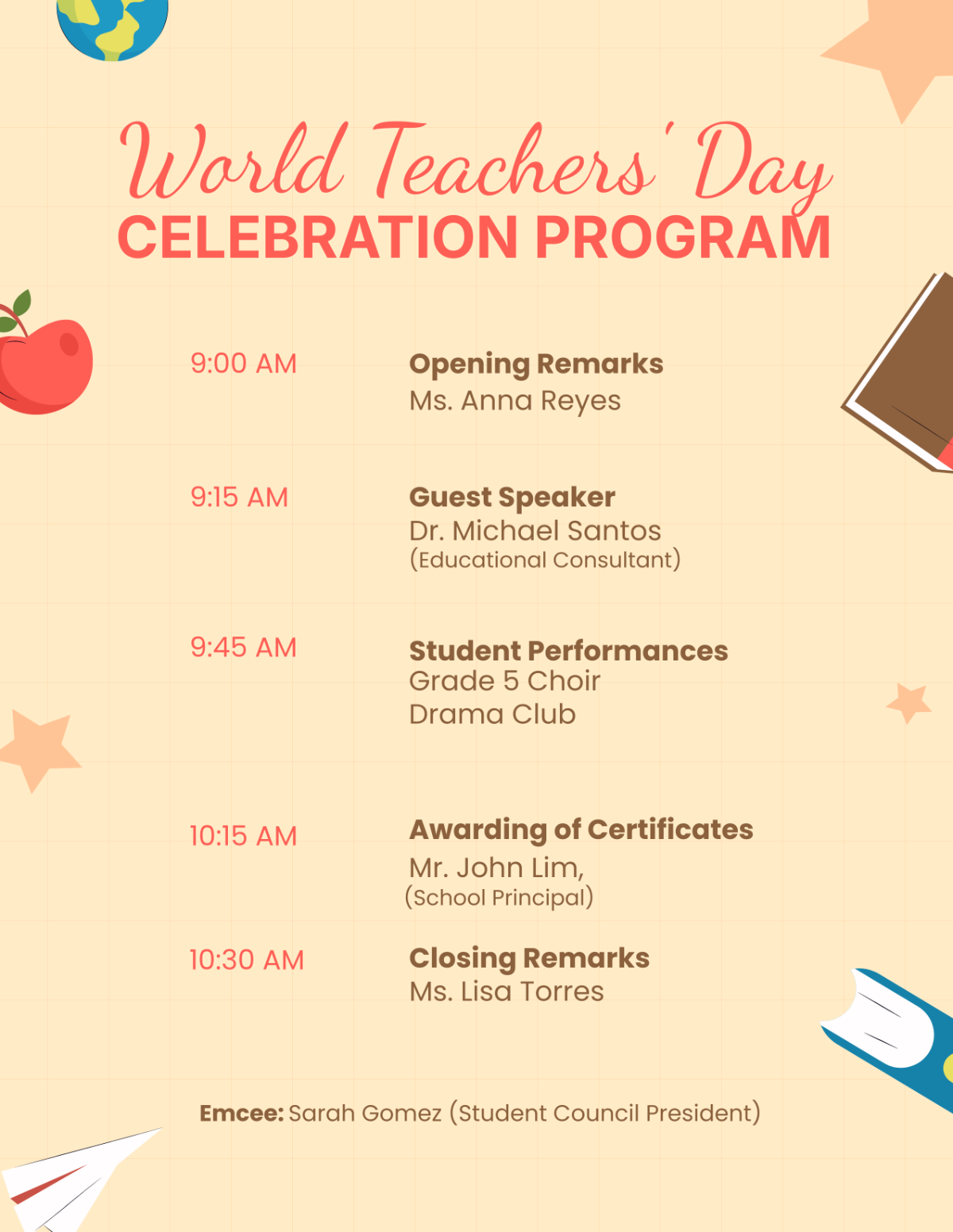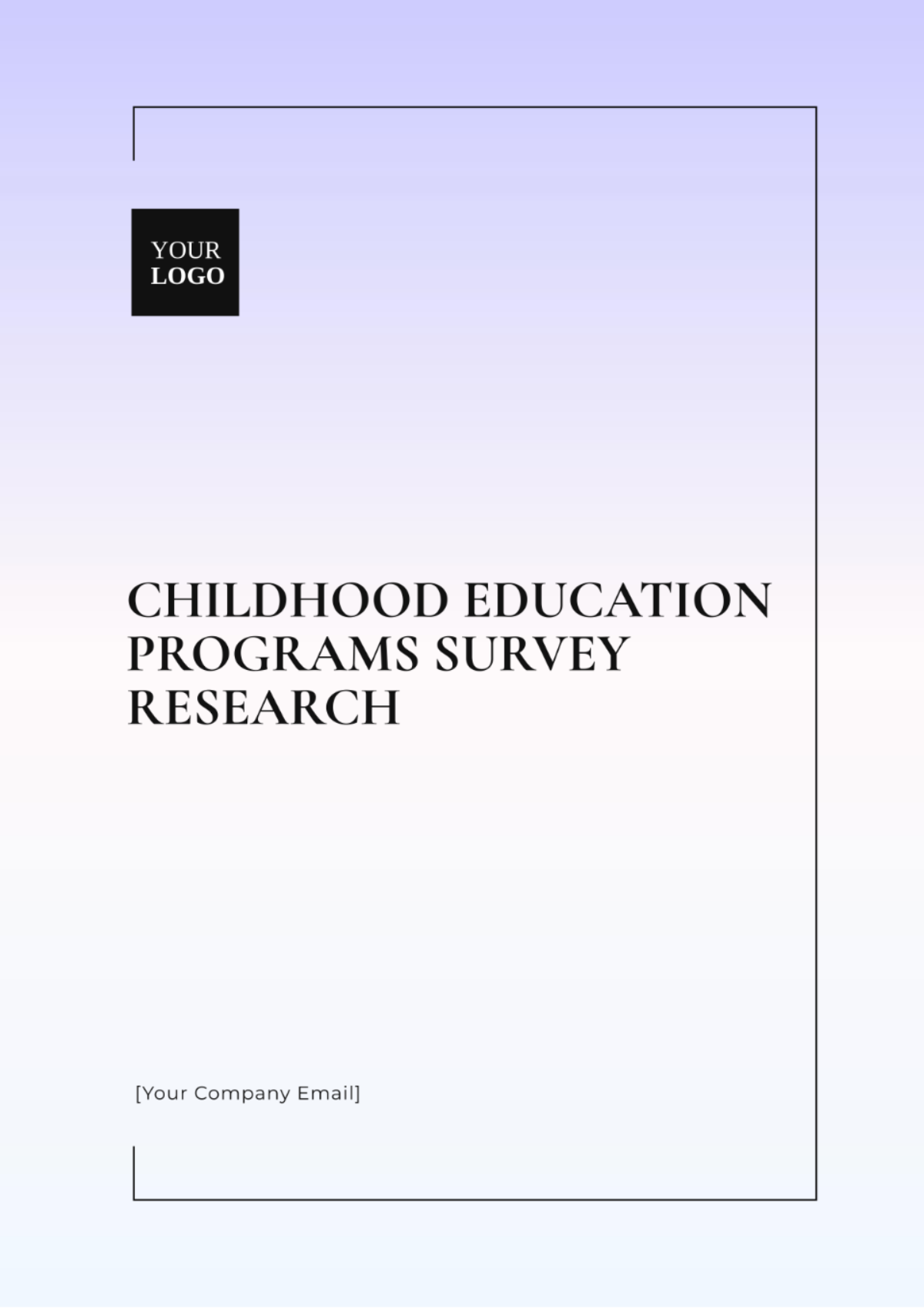Simple Student Program Evaluation Report
Prepared by: [Your Name]
Company: [Your Company Name]
Date: [Insert Date]
I. Introduction
The purpose of this report is to evaluate the effectiveness and overall performance of the student program. This program aims to enhance students' learning experiences, improve their academic performance, and foster personal growth. This evaluation covers various aspects including program structure, student feedback, academic outcomes, and recommendations for improvement.
II. Program Structure
The student program is structured to provide comprehensive support and resources to participants. It includes several key components:
Orientation sessions
Weekly workshops
Mentorship pairing
Access to online resources
Peer-to-peer study groups
Component | Description | Frequency |
|---|---|---|
Orientation Sessions | Initial meetings to introduce program objectives and resources. | Once at the beginning of the program |
Weekly Workshops | Focused sessions on topics related to academic skills and personal development. | Weekly |
Mentorship Pairing | Program participants are paired with mentors for guidance and support. | Ongoing |
Access to Online Resources | Participants can utilize a variety of educational materials and tools. | Continuous |
Peer-to-peer Study Groups | Organized groups that encourage collaborative learning among students. | Flexible |
III. Student Feedback
Student feedback is a crucial component of evaluating the program's effectiveness. During the evaluation period, students provided feedback through surveys and focus groups. Their responses indicated the following:
Overall satisfaction with the program resources and support was high.
Students appreciated the mentorship pairing, stating it provided valuable guidance.
Weekly workshops were beneficial but could be improved by diversifying topics.
Online resources were extensively utilized and found helpful for independent study.
Peer-to-peer study groups fostered a sense of community and encouraged collective problem-solving.
IV. Academic Outcomes
To assess the program's impact on academic outcomes, the following metrics were analyzed:
Grade improvement rates
Retention rates
Attendance and participation
Metric | Before Program | After Program | Improvement |
|---|---|---|---|
Grade Improvement Rates | 65% | 82% | 17% |
Retention Rates | 78% | 91% | 13% |
Attendance and Participation | 70% | 88% | 18% |
Analysis of Results
The analysis indicates that the program has a positive impact on students' academic outcomes. There was a significant improvement in grades, retention rates, and attendance and participation levels. This suggests that the support and resources provided by the program are effectively contributing to students' academic success.
V. Recommendations
Based on the evaluation findings, several recommendations are proposed to enhance the program further:
Expand the variety of topics covered in workshops to address a broader range of student needs and interests.
Increase the frequency of mentorship meetings to ensure more consistent support for participating students.
Enhance the visibility and accessibility of online resources by providing better navigation tools and curated content.
Encourage more peer-to-peer interaction by organizing frequent group activities and collaborative projects.
Continuously collect and analyze student feedback to identify potential areas for improvement and adapt the program accordingly.
VI. Conclusion
In conclusion, the student program has made significant strides in supporting students' academic and personal development. Positive feedback, improved academic outcomes, and increased engagement levels demonstrate the program's effectiveness. By implementing the recommended improvements, the program can further enhance its impact and continue to support students in achieving their academic goals.




